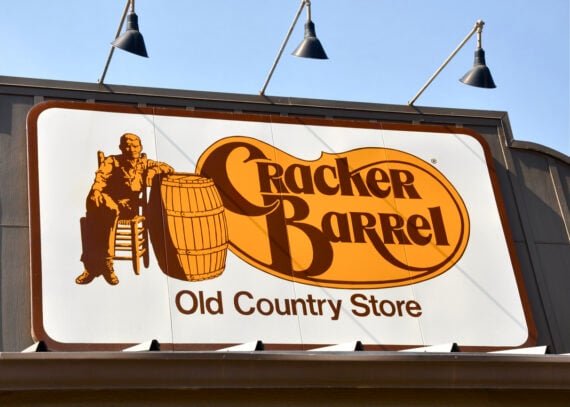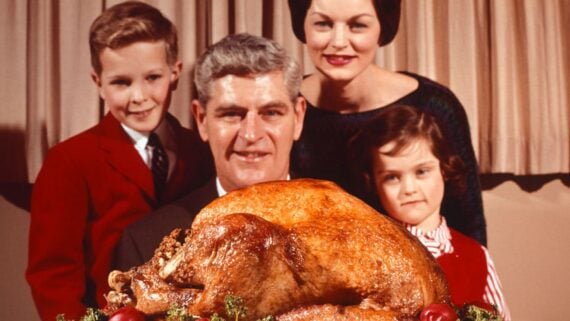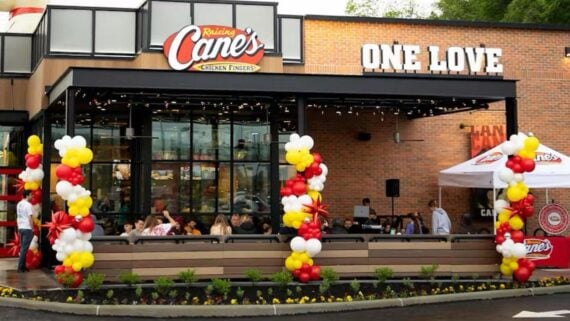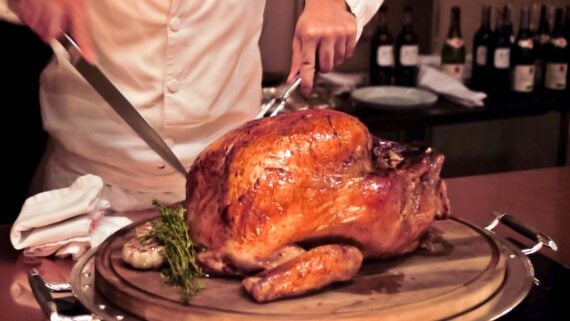The 1950s were a peak era for sandwiches. With mass-produced bread in every kitchen and convenience foods flooding the market, sandwiches became a fixture of everyday life. Some were built to impress at parties, others were thrown together from cans and leftovers. Nevertheless, the handheld food ruled the country.
Here are some of the most popular sandwiches that defined the decade.
Monte Cristo
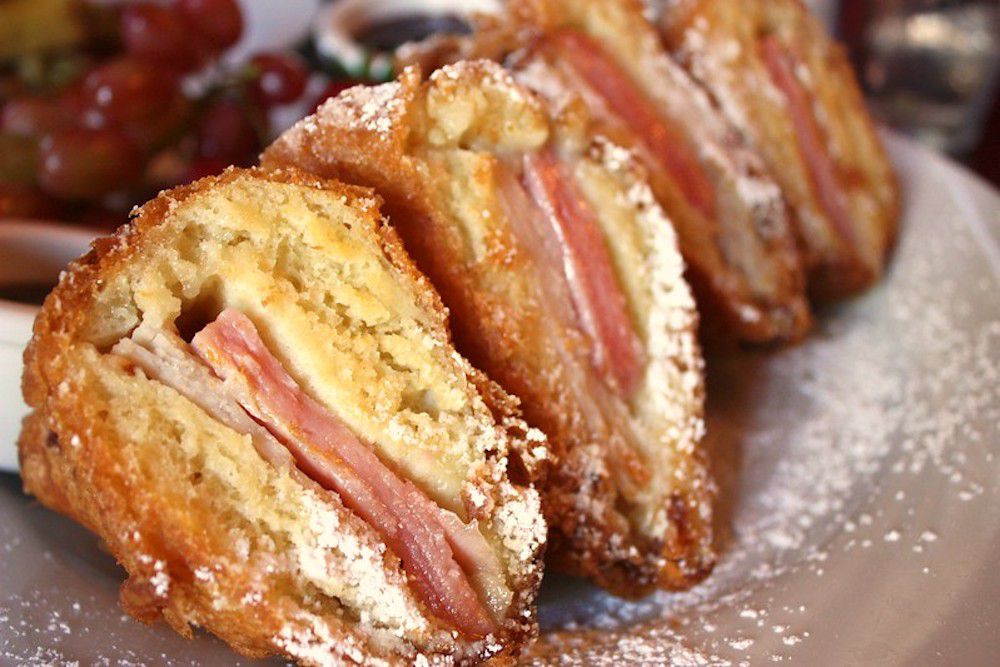
The Monte Cristo was an American spin on the French croque monsieur. It had been floating around in cookbooks since the 1930s under names like “French Toasted Cheese Sandwich,” but didn’t get its official title until the 1950s in Southern California.
The standard version used white bread layered with ham, turkey, and Swiss, dipped in egg, then fried in butter. By 1966, it was on the menu at Disneyland’s Blue Bayou and Tahitian Terrace, served with jam and a dusting of powdered sugar. That’s when it went from regional oddity to diner staple.
Creamed Chipped Beef on Toast

S.O.S or stuff on a shingle came from military kitchens and was made with dried beef in white gravy, served over toast.
After World War II, it followed soldiers back home and showed up in home kitchens throughout the 1950s. It relied on pantry ingredients and it was easy to make which worked perfectly for tight budgets and busy households.
Sloppy Joe
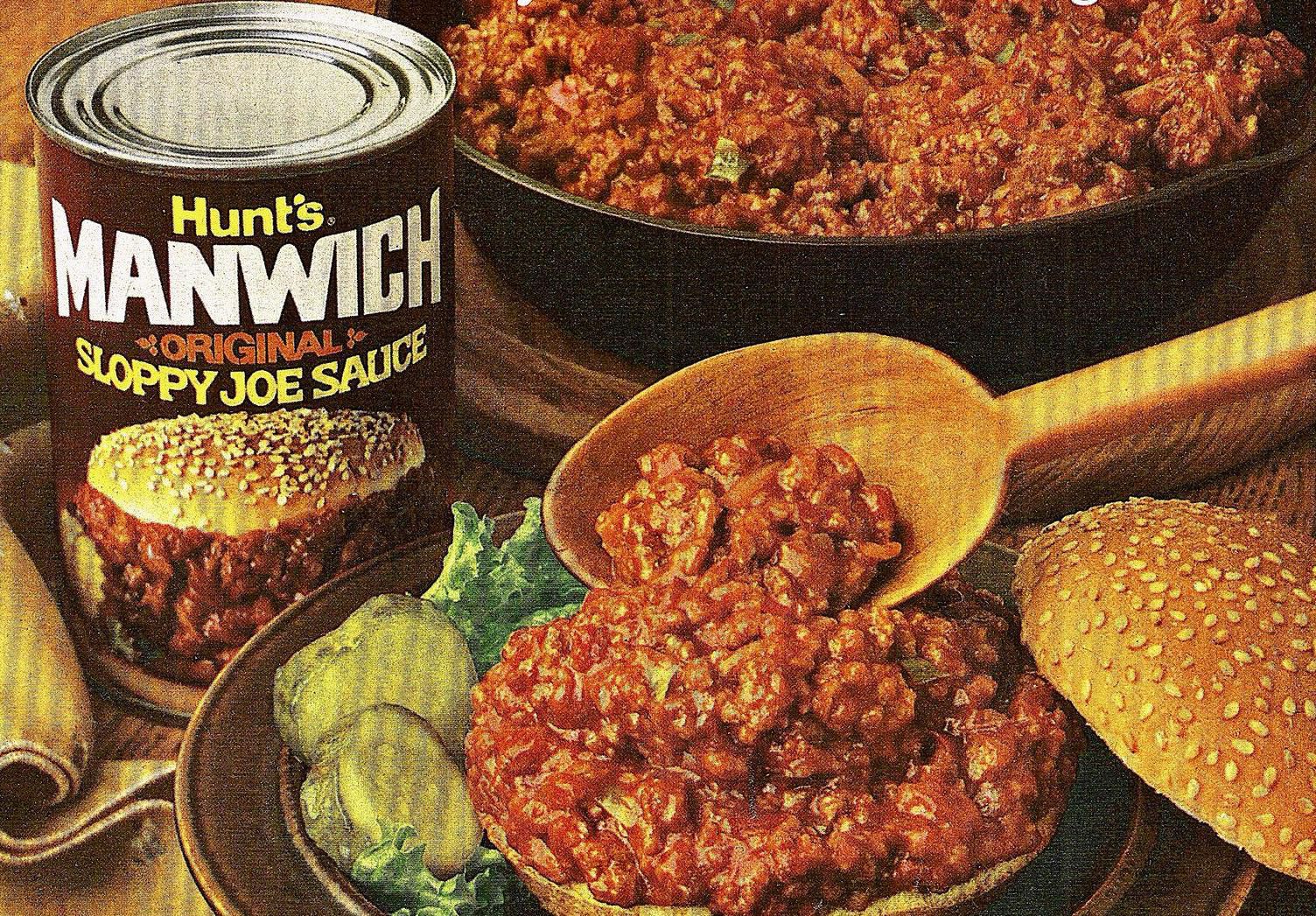
Nobody’s sure who “Joe” was, but it was sloppy and showed up in kitchens that didn’t have time for formality. They were made with ground beef cooked loose in tomato sauce, sometimes with onion, mustard, or whatever ingredients were on hand. The idea came from Midwest diners in the 1920s, where loose-meat sandwiches were already popular.
By the 1950s, this version had begun to appear in school lunches and dinner rotations. The name “Sloppy Joe” has a few possible links — one was a Havana bar of the same name that drew American tourists and Hollywood stars in the 1930s. Another was Sloppy Joe’s in Key West, opened in 1937 with Ernest Hemingway as a regular.
Reuben Sandwich
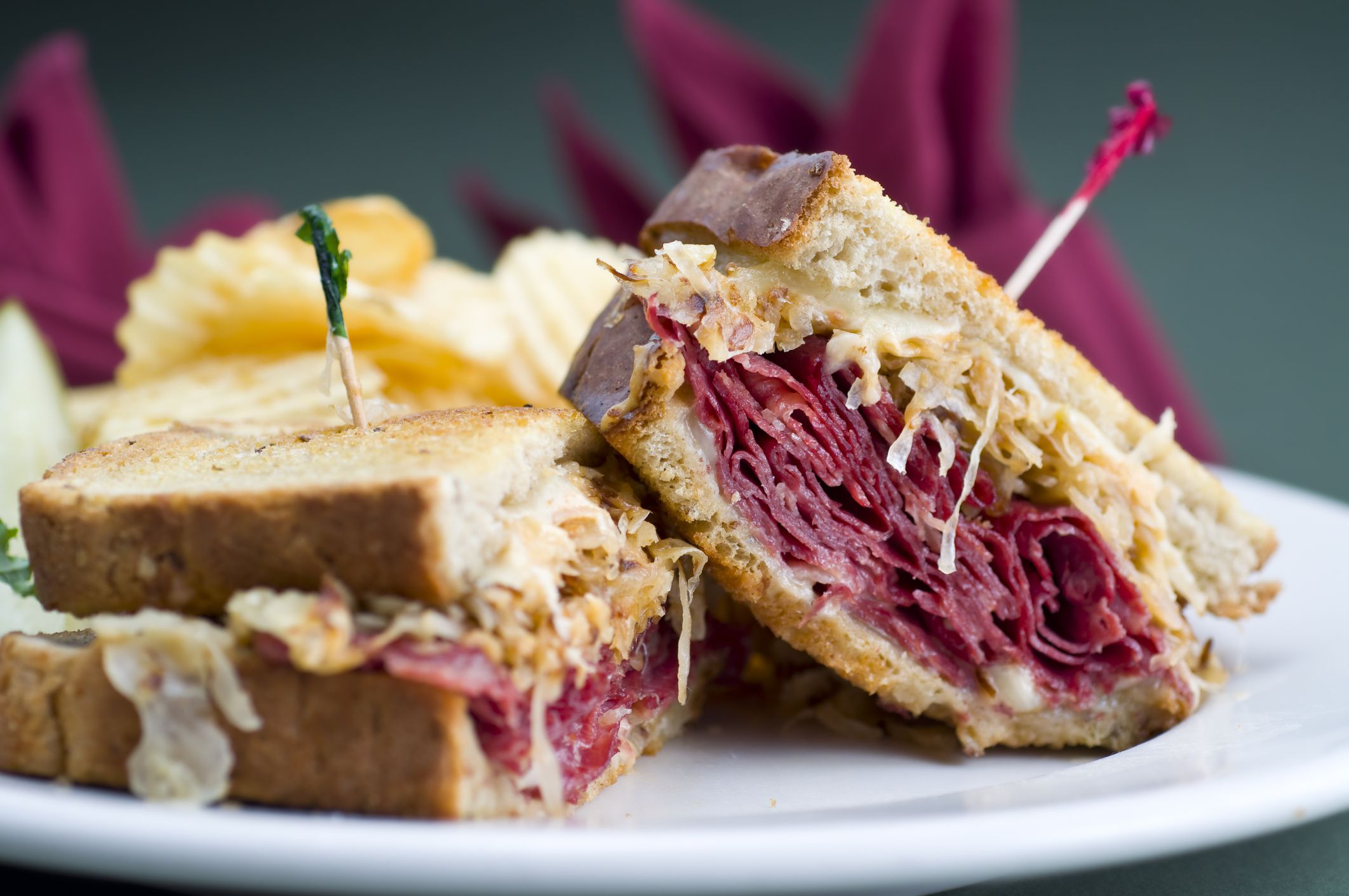
The Reuben was already on deli menus by the 1930s, but it didn’t get serious attention until the 1950s. A waitress at the Blackstone Hotel in Omaha, Nebraska, entered it into a national sandwich contest in 1956, and it won. That helped push it into mainstream lunch counters.
The sandwich is still very popular and is made with corned beef, Swiss cheese, sauerkraut, and Russian dressing, all piled onto rye bread. The flavors were sharp, salty, and rich — a big change from the usual cold cuts.
Club Sandwich
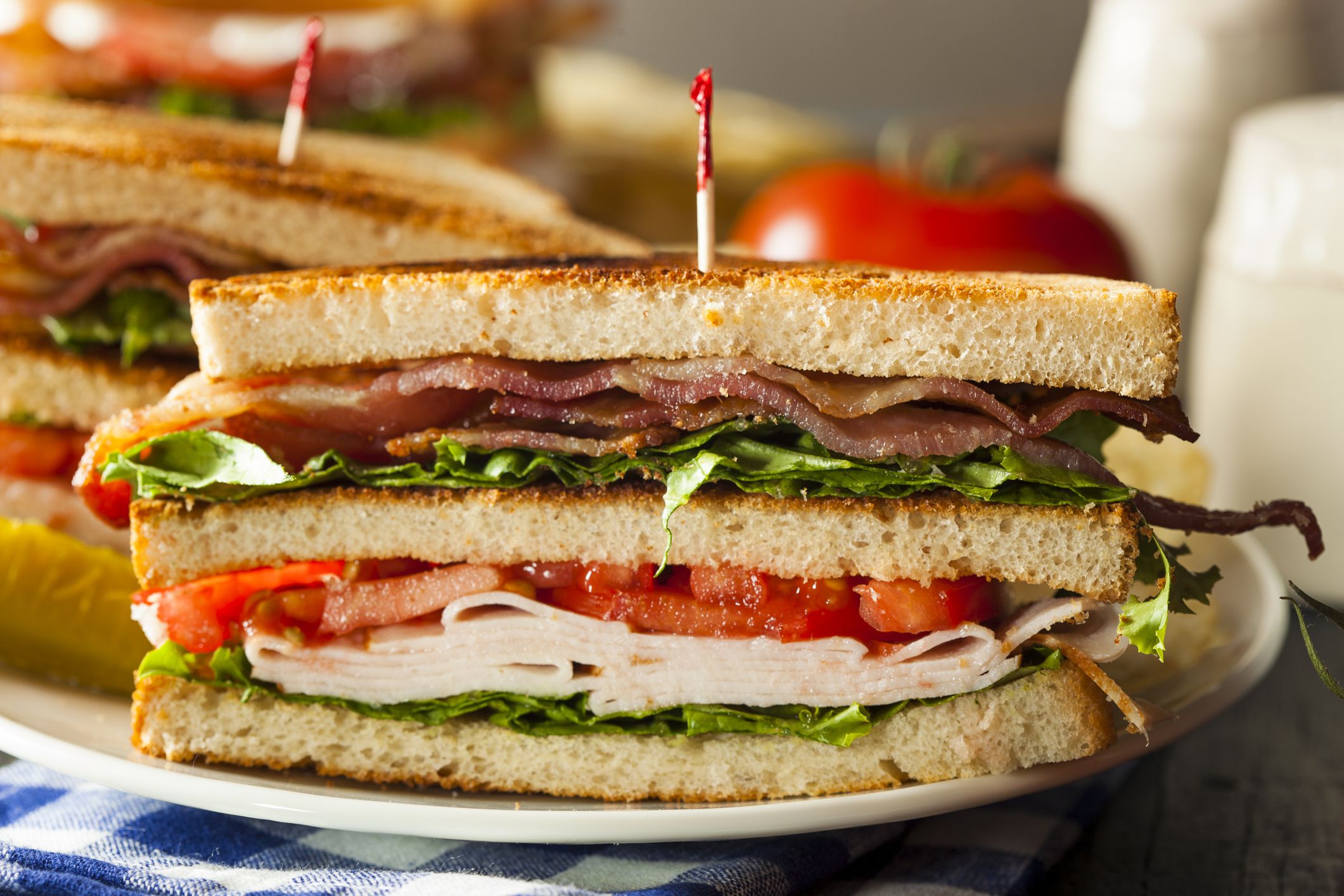
The club sandwich had also already existed for decades — it started showing up at private social clubs in New York in the late 1800s. The Union Club and the Saratoga Club both claimed it, and early versions used chicken or turkey, ham or bacon, and lettuce on toasted bread.
But in the 1950s it became a popular order at diners, department stores, and hotel cafés and was usually made with turkey or chicken, bacon, lettuce, tomato, and mayo, stacked between three slices of toasted white bread.
Trending on Cheapism
Chow Mein Sandwich
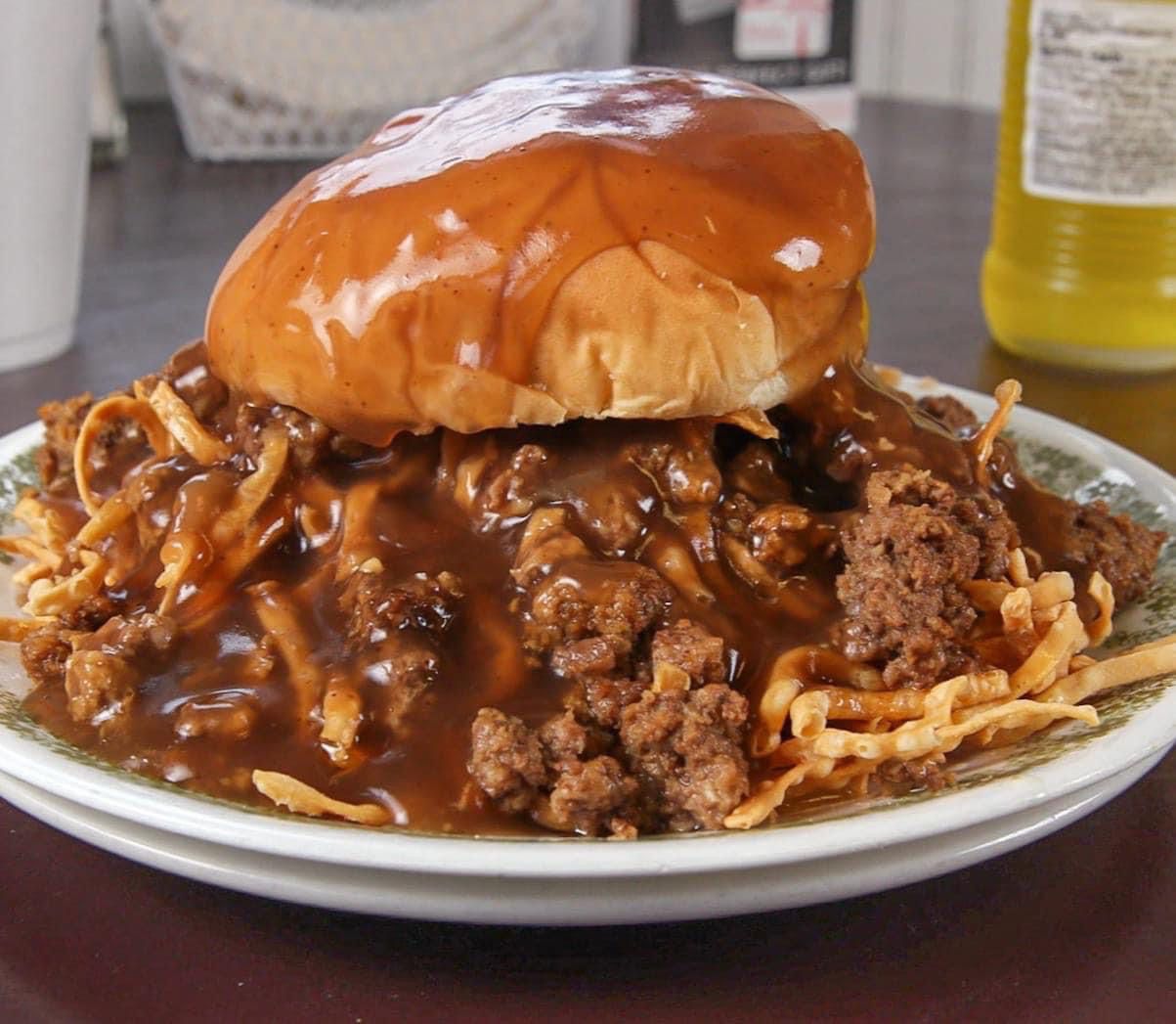
This started in Fall River, Massachusetts, where Chinese-American cooks adapted crispy noodles and brown gravy into a sandwich that felt familiar to factory workers. It was cheap, fast, and filling — the kind of working-class lunch that stuck around.
By the 1950s, it was known outside New England too, helped along by restaurants like Nathan’s Famous in Coney Island.
Spamwich
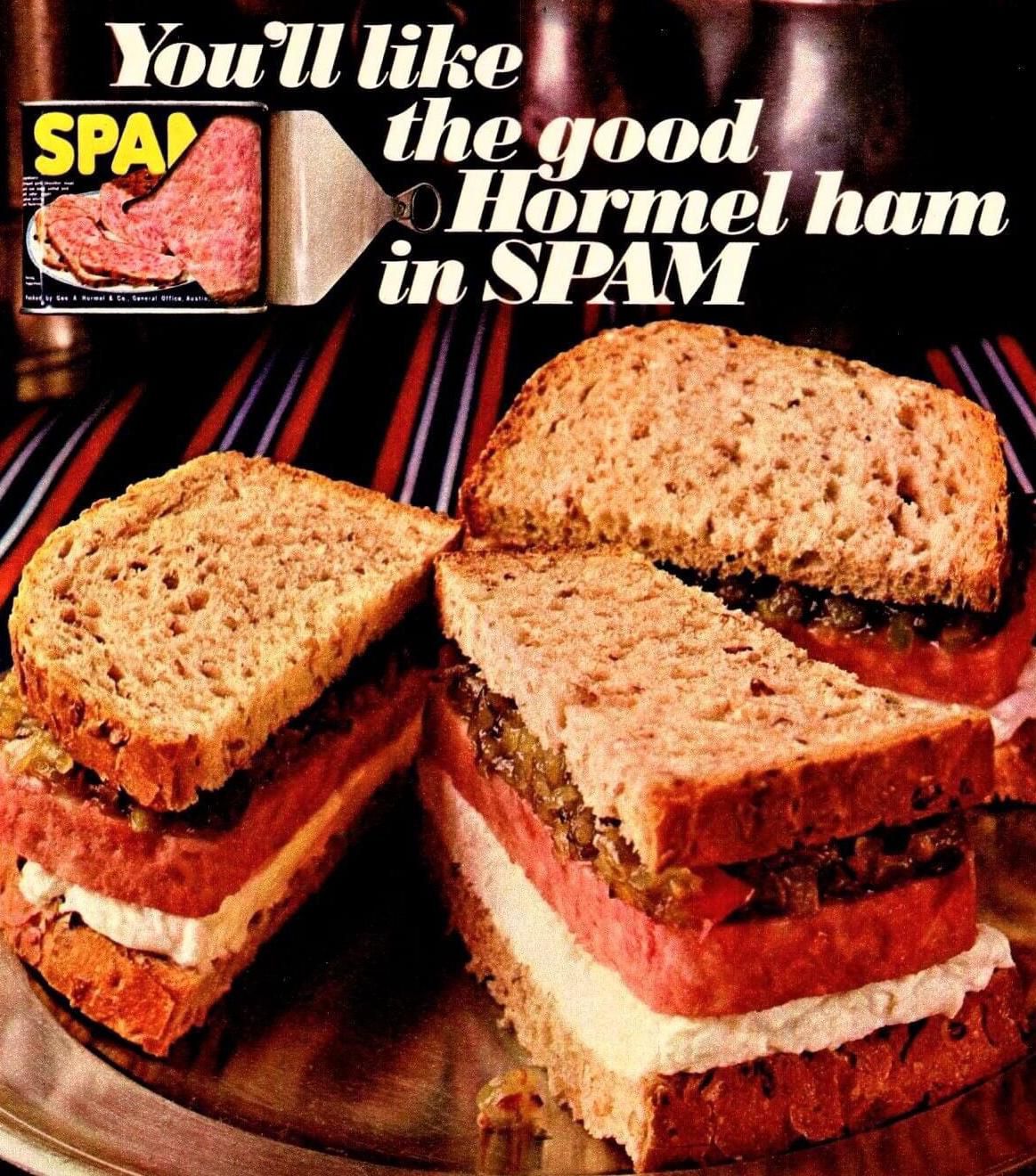
Spam exploded in popularity during World War II, when it was sent to soldiers overseas. After the war, Americans were still eating it — partly out of habit, partly because it was cheap and didn’t spoil.
In sandwich form, Spam was sliced, fried, and slapped between bread with mustard or pickles. Hormel’s ads pushed it hard in magazines, often with rhymes and gimmicks, and it worked.
Frosted Sandwich Loaf
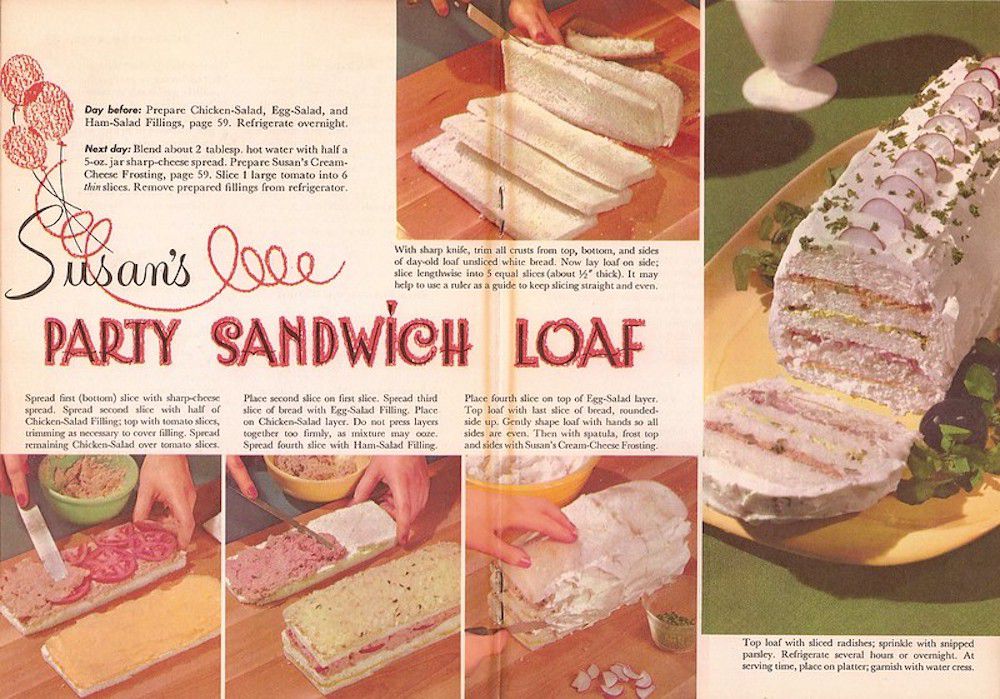
The idea came from Sweden, where smörgåstårta — or “sandwich cake” — was already a popular party dish. American cooks picked it up in the early 20th century and gave it their own spin.
White sandwich bread was stacked with spreads like ham salad, chicken salad, or pimento cheese, then “frosted” with whipped cream cheese. Garnishes included olives, parsley, and sliced hard-boiled eggs. It showed up at bridal showers, bridge games, and any of the sort.
Sign up for our newsletter
Pimento Cheese Sandwich
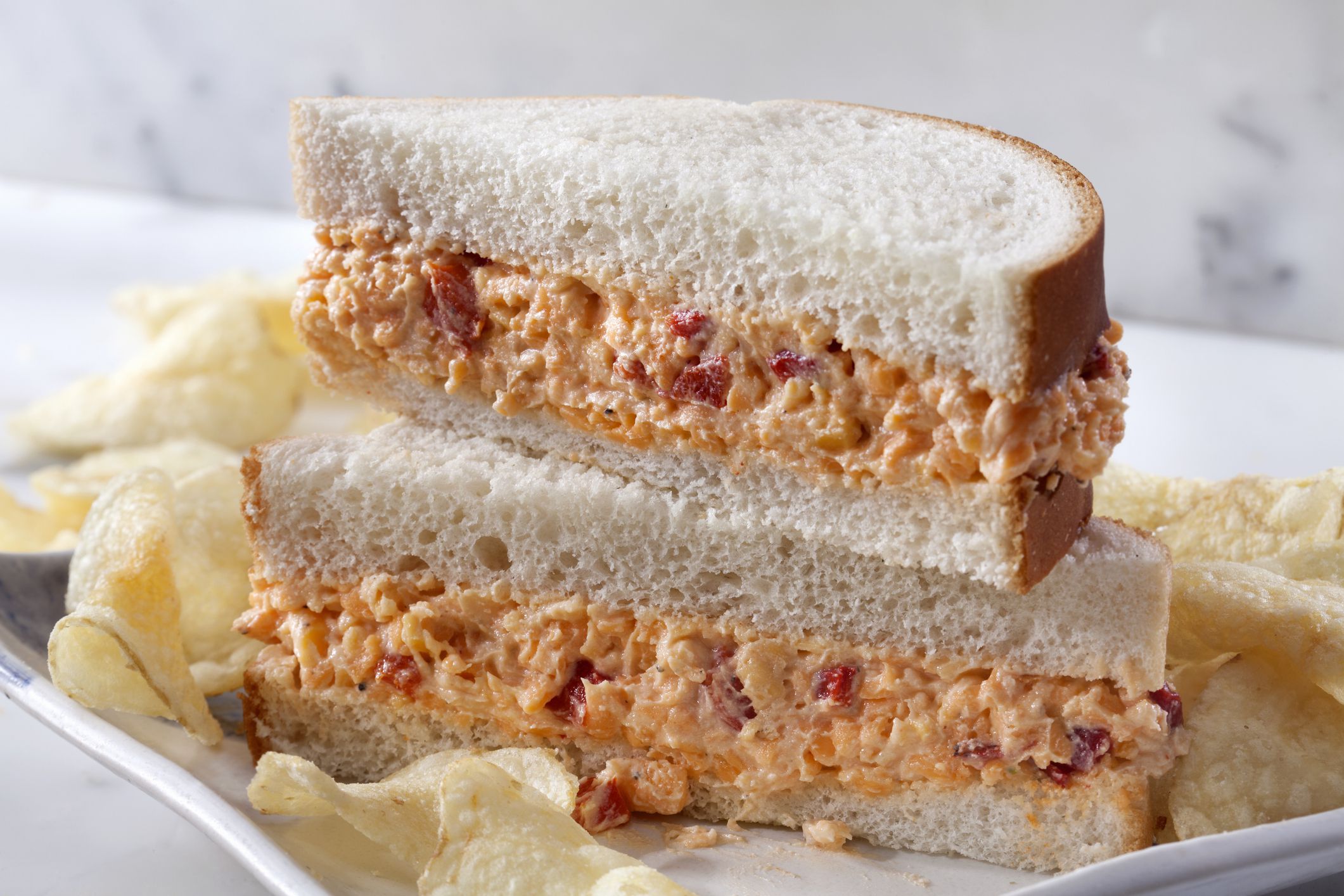
Pimento cheese spread started showing up in cookbooks in the early 20th century, but by the 1950s, it was especially big in the South.
Pimento cheese was cheap to make — shredded cheddar, mayo, and chopped pimentos — and it held up well without refrigeration for a few hours. It was the go-to filling for lunch boxes, tea parties, and golf tournaments like the Masters, where it became a longtime tradition.
Bologna Salad
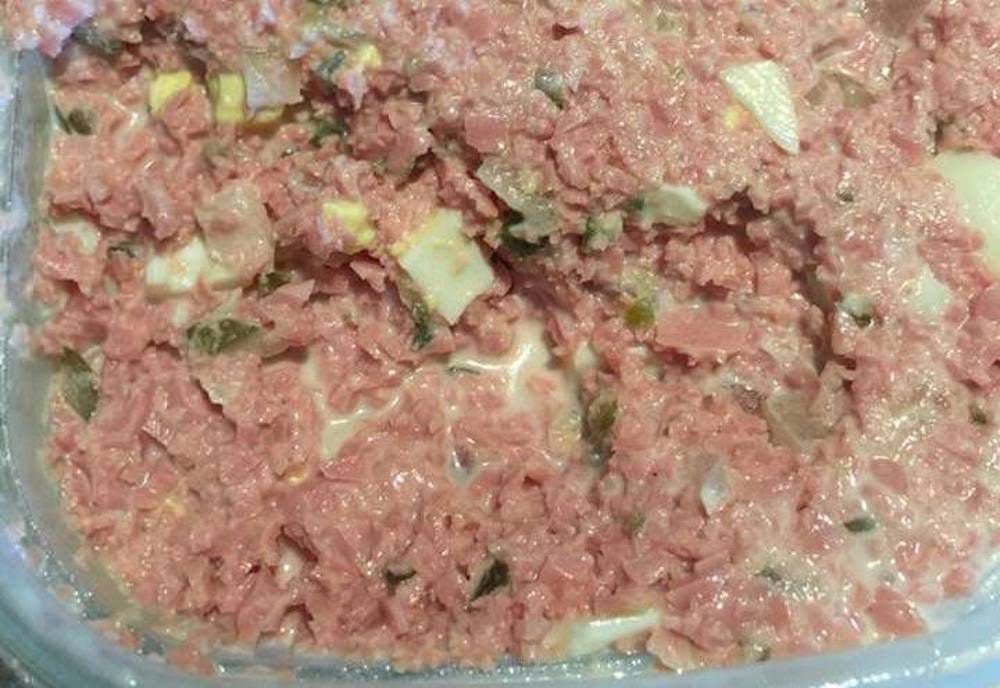
Essentially the poor man’s ham salad, this sandwich was made with chopped bologna, mayonnaise, relish, and sometimes hard-boiled eggs.
It showed up in school lunches, picnics, and fridges that had more mouths than money. Some versions were blended into a smooth paste; others were just hand-mixed with a fork. Either way, it went on white bread and kept well for days.
Souper Burger
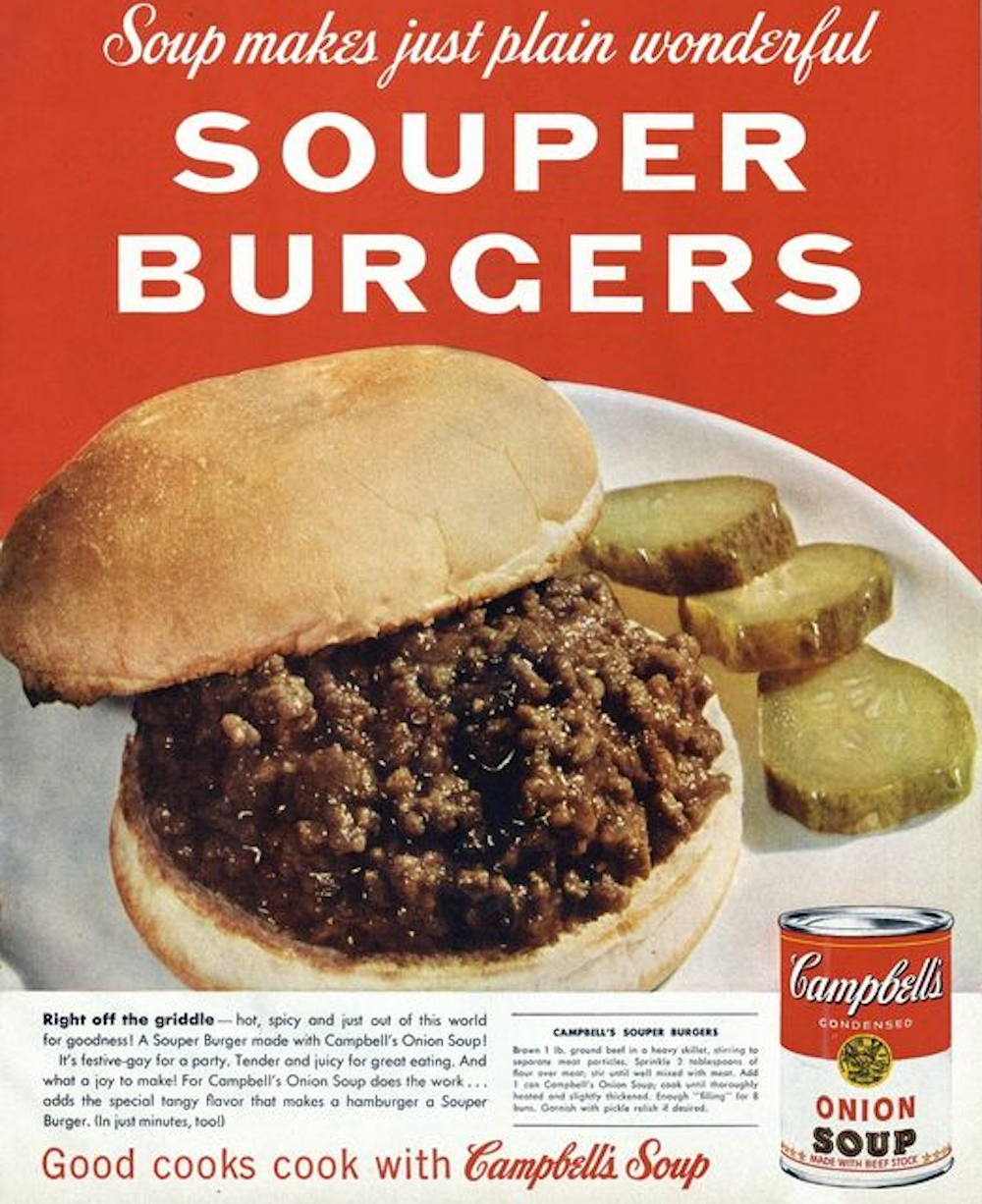
This was obviously Campbell’s idea — take ground beef, mix in some condensed soup like cream of mushroom or onion, and turn it into a burger. Ads for it started showing up in the late 1950s.
It was supposed to stretch the meat further and make dinner more exciting. Some versions even poured extra soup on top as gravy. It didn’t exactly become a classic, but it definitely made an impression.
Braunschweiger Sandwich
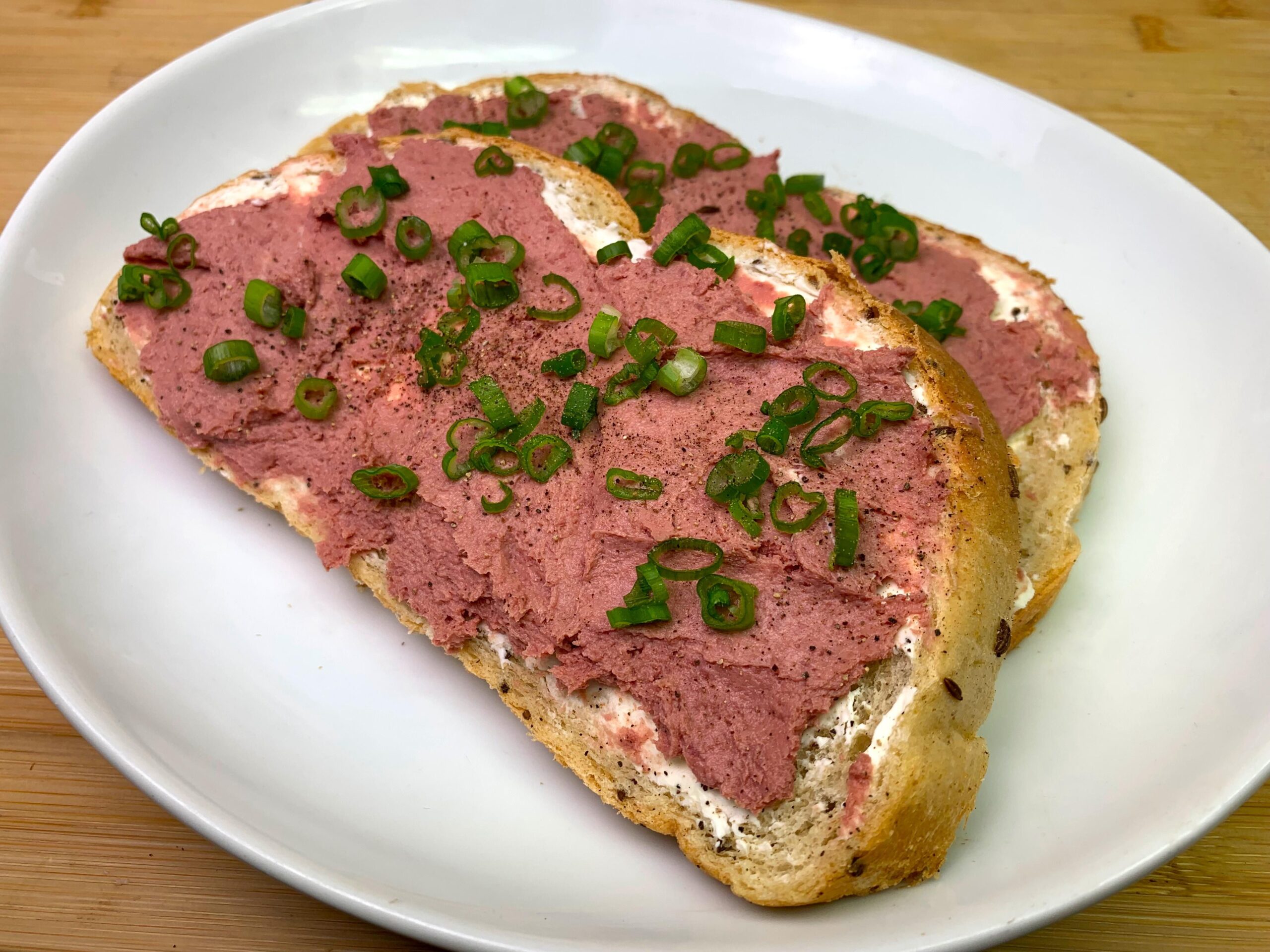
Braunschweiger is a soft liver sausage with German roots, and in the ‘50s, it was a popular sandwich meat, especially for lunchboxes.
People spread it on rye or white bread with mustard, butter, or mayo. Some fancier recipes called for baking it with onions and bacon.
Welsh Rarebit
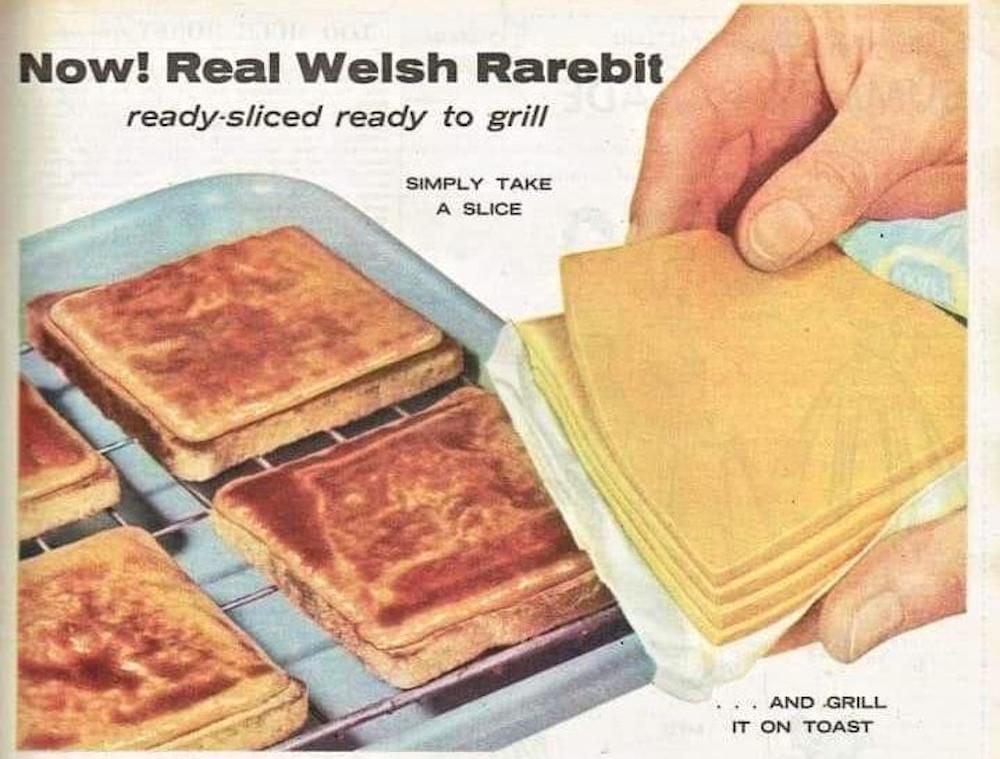
Welsh rarebit was essentially cheese sauce on toast, but in the 1950s, that was considered elegant. Recipes called for cheddar melted down with beer, mustard, Worcestershire sauce, and whatever else was rattling around in the pantry. It was served open-faced and often broiled until bubbling.
This was the kind of dish you’d find at a ladies’ luncheon or in a Betty Crocker pamphlet under the heading Continental Flair. It made toast feel European, which was enough.
Tea Sandwiches
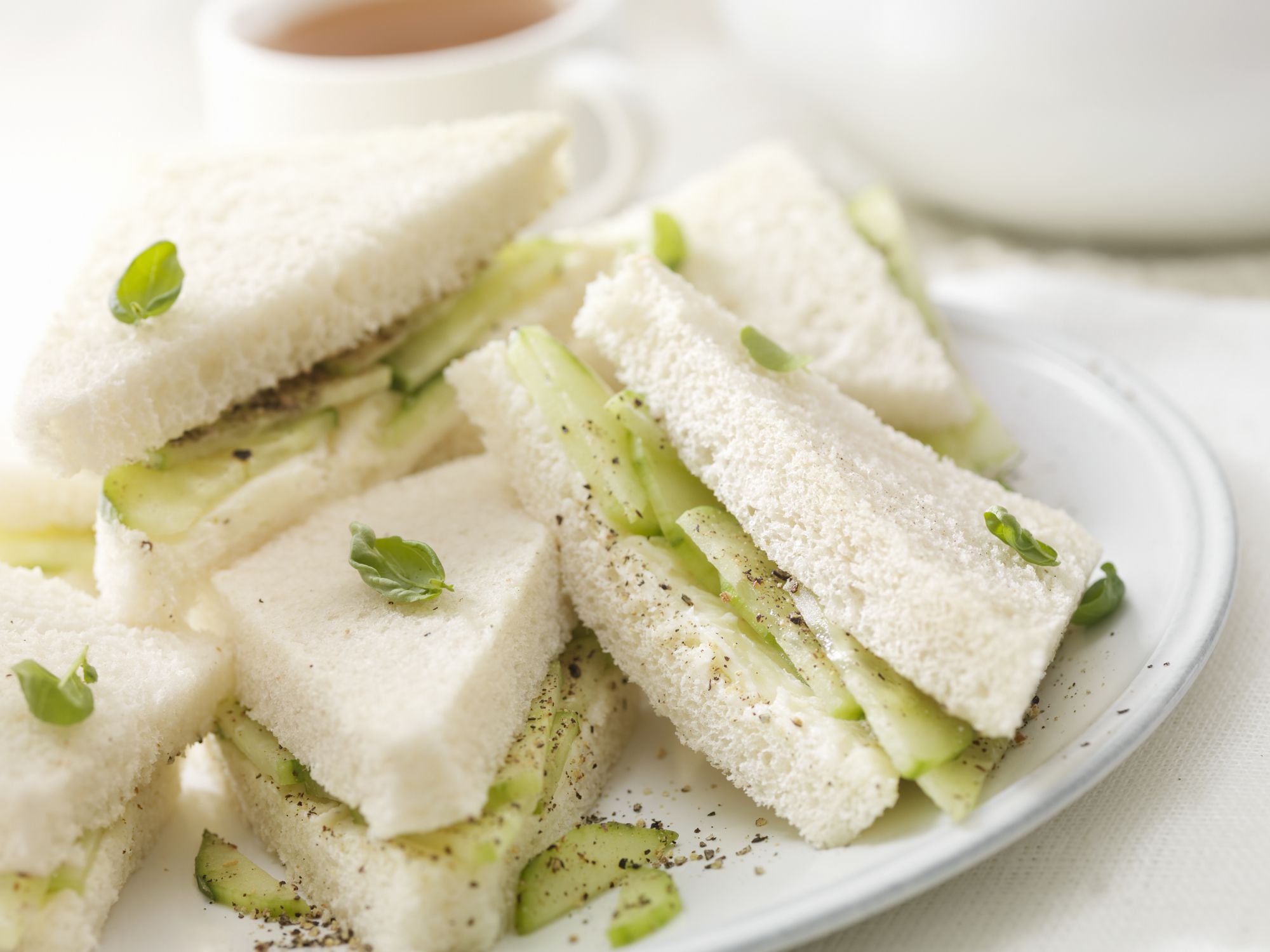
Tea sandwiches were how 1950s housewives pretended they were hosting the Queen — even if they were just serving Doris from next door.
Inspired by British afternoon tea (and decades of culinary repression), these dainty stacks of white bread came filled with egg salad, cucumber, or whatever could be mashed and spread without alarming anyone. Crusts were cut off, of course, because crusts were common, and these sandwiches were not.
For more fun food history, sign up for our free newsletters.



